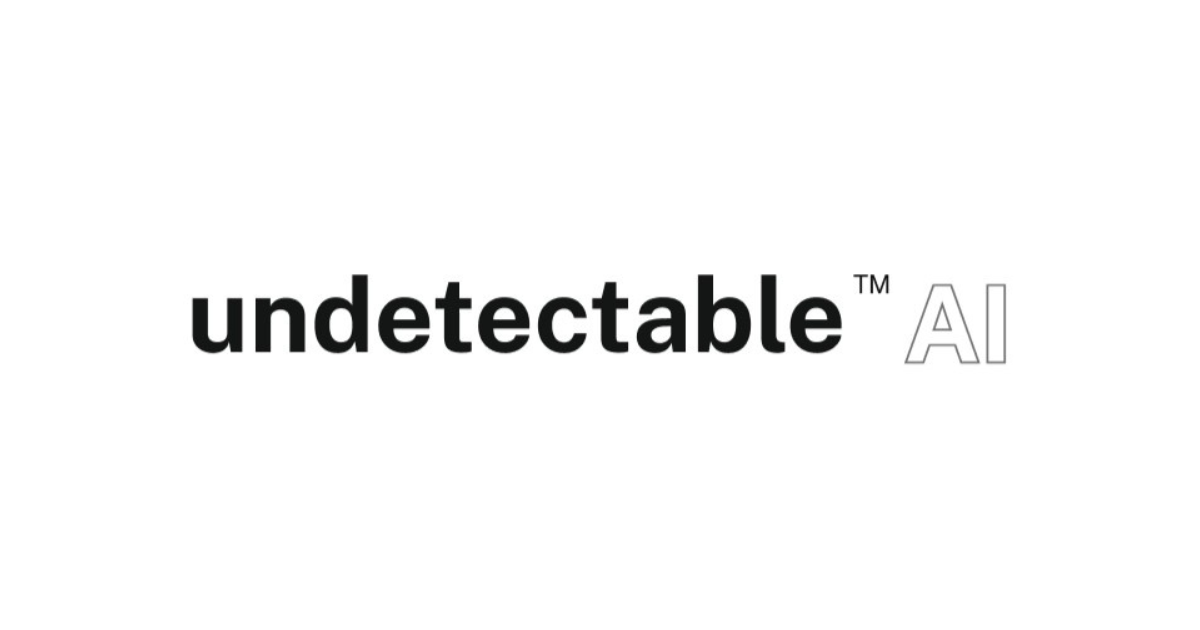LiquidMetal AI builds high-performance apps on SambaCloud


LiquidMetal AI builds high-performance apps on SambaCloud
October 15, 2025
Undetectable.AI Cuts AI Detection Latency 95% with SambaCloud


Undetectable.AI Cuts AI Detection Latency 95% with SambaCloud
October 3, 2025
Hume AI delivers speech models on SambaCloud


Hume AI delivers speech models on SambaCloud
July 22, 2025
Maitai uses SambaCloud to deliver Inference-as-a-Service


Maitai uses SambaCloud to deliver Inference-as-a-Service
July 18, 2025
OpenRouter uses SambaNova Cloud to deliver high speed LLM performance


OpenRouter uses SambaNova Cloud to deliver high speed LLM performance
May 21, 2025
Aion Labs Uses SambaNova Cloud to Improve LLM Performance


Aion Labs Uses SambaNova Cloud to Improve LLM Performance
April 18, 2025
Parasail Uses SambaNova Cloud to Deliver Extreme Performance


Parasail Uses SambaNova Cloud to Deliver Extreme Performance
April 10, 2025
Blackbox Supercharges Coding Agents with SambaNova Cloud


Blackbox Supercharges Coding Agents with SambaNova Cloud
April 10, 2025